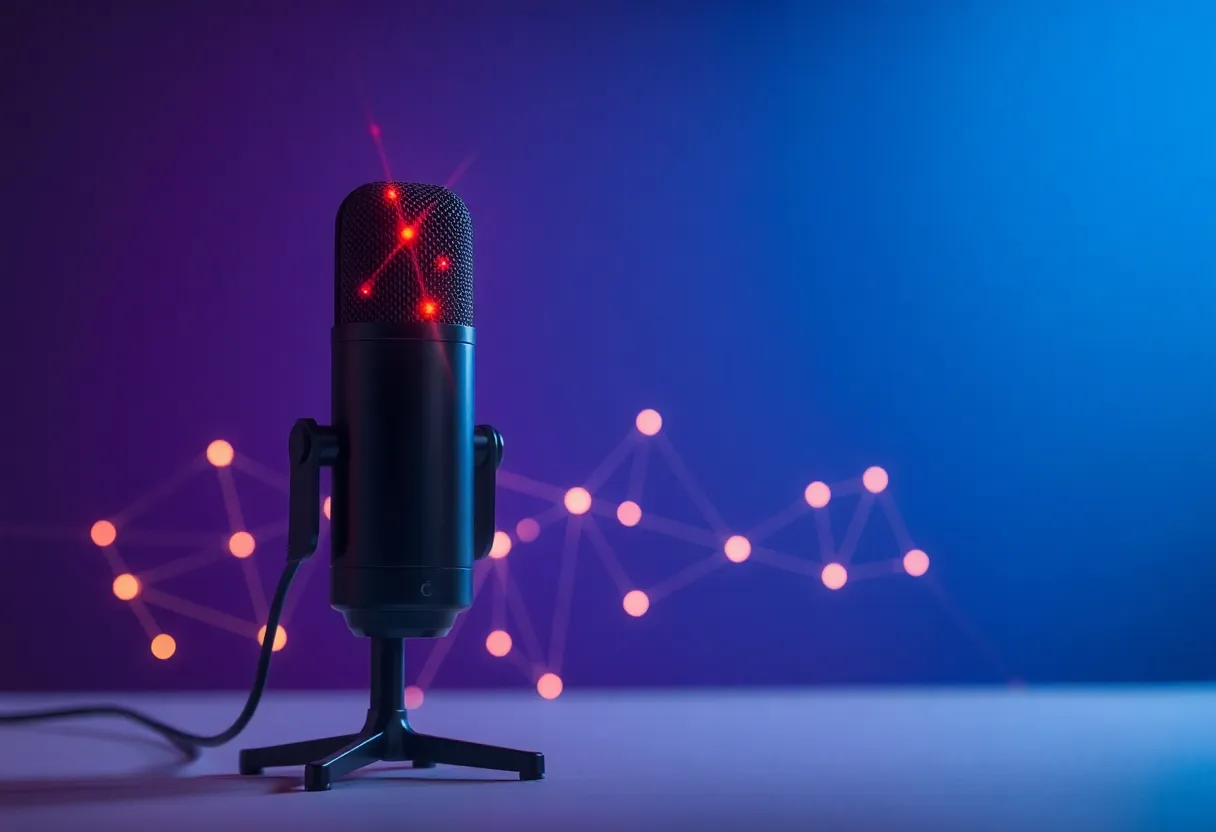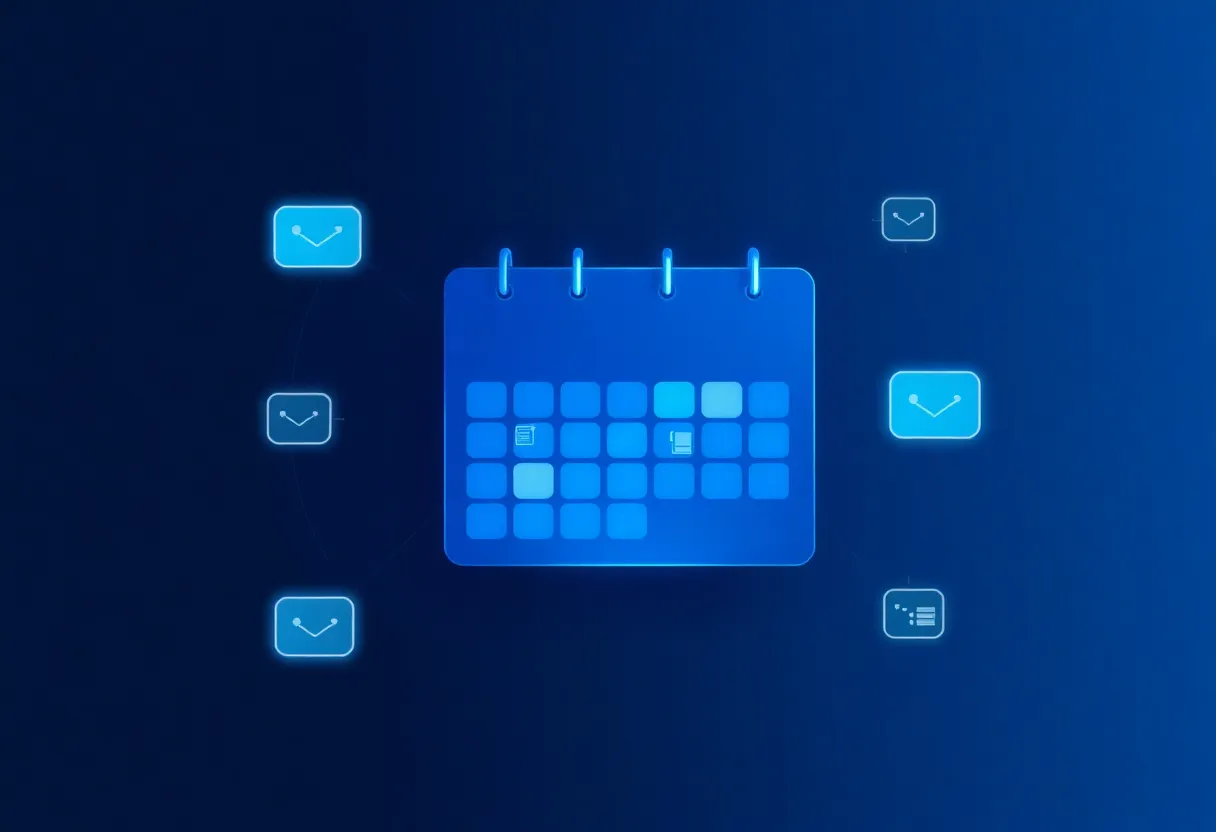Done right, a voice agent can answer calls 24/7, qualify and route leads, and book appointments while keeping your team focused on billable work. This guide breaks the process into clear steps you can follow in a single afternoon.
Start with Small Business Chatbot
• Half of consumers have already engaged with Voice AI, and 64% say they’re more likely to trust AI that feels friendly and empathetic (Zendesk 2025 CX Trends). (zendesk.com)
• For complex issues, the phone remains the preferred channel: 81% of service professionals say voice is the best fit (Salesforce, State of Service). (salesforce.com)
What a voice agent is (and isn’t)
A voice agent is an AI-powered “virtual receptionist” that answers incoming calls, understands requests, and follows your playbook to route, schedule, or capture leads.
How a modern voice agent works
- Greets callers and determines intent in real time.
- Answers common questions from a knowledge base.
- Routes urgent calls to the right person or voicemail based on your rules.
- Text-follows for scheduling links or confirmations when needed.
Voice agent vs. IVR
- Voice agent: Conversational, understands natural language, can hand off to people with context.
- Traditional IVR: Menu-driven (“press 1 for…”), harder to update, and easy for callers to abandon.
Why voice agents now
Customer expectations have changed. People want immediate, human-feeling help; at the same time, owners need to control costs. Evidence shows both trends: customers are warming to human‑like AI and still reach for the phone when things are complex, while businesses increasingly deploy AI to scale service. Zendesk and Salesforce document these shifts. (zendesk.com)
Adoption is accelerating but numbers vary by method. A U.S. Chamber/Teneo survey via AP News reported 98% of small businesses use at least one AI-enabled tool, while a U.S. Census analysis of 2023–2024 high-frequency data shows much lower “current use” among the smallest firms (rising from 4.6% to 5.8%), with higher “expected use” ahead. Both can be true: tool-assisted features are widespread, yet deep, day‑to‑day AI use is still ramping. (apnews.com)
Prepare your business (quick audit)
1) Map your call demand
2) Define success
3) Prepare content
4) Compliance pre‑check
Step‑by‑step integration
- Choose your number and greeting. Use a local number and a short, friendly welcome. Keep brand tone clear.
- Draft your call flow. Write “if/then” rules for sales, support, and emergencies. Include after‑hours behaviors.
- Load knowledge. Add key pages, FAQs, pricing ranges, and service areas. Update monthly.
- Set handoff logic. Transfers, warm handoffs, voicemail rules, and alerts (SMS/email) for missed escalation.
- Test real scenarios. Role‑play 15–20 sample calls (pricing, reschedule, complaint, spam). Record and review.
- Go live in phases. Start with after‑hours, then expand to all hours once metrics look good.
Connect to your stack
Integrations turn calls into closed loops—contacts get created, tasks open, deals move, and calendars fill automatically. See supported CRMs, calendars, and email tools on our integrations page.
- Auto‑create contacts and deals from calls, with transcripts attached.
- Send booking links by text and write back confirmed appointments.
- Trigger workflows (e.g., “new lead from phone” → assign, follow‑up, reminder).
Optimization and ROI
What to measure in the first 30 days
- Answer rate (overall and after‑hours).
- Speed‑to‑lead (time to first response).
- Appointment/quote conversion from calls.
- First‑call resolution and escalation rate.
- Customer satisfaction (simple 1–5 post‑call text works well).
Cost comparison (simple math)
According to the U.S. Bureau of Labor Statistics, the median hourly wage for receptionists was $17.90 in May 2024 (about $3,103/month before benefits and payroll taxes)—useful context when comparing to software subscriptions. BLS Occupational Outlook. (bls.gov)
Proof that AI voice moves revenue
At the enterprise level, Verizon reported that an AI assistant helping human agents cut call times and lifted sales by nearly 40% after full rollout in January 2025—an indicator that better, faster conversations convert. Reuters. (reuters.com)
- Raise answer rate to 95%+ (especially after‑hours).
- Keep average time to first response under 10 seconds.
- Target 20–30% appointment‑set rate for qualified inbound calls.
Compliance and trust
Transparent disclosures, consent, and clear opt‑out paths build confidence. If you record calls, play a brief notice up front; for any outbound campaigns, confirm opt‑in and maintain internal do‑not‑call lists. Align your policies with TCPA and state rules, and audit logs and access to transcripts.
Privacy by design: minimize data in prompts, rotate API keys, and use role‑based access for transcripts and call recordings. Include a simple way for customers to reach a human at any time.
Frequently asked questions for voice agent integration
1) Will callers know they’re speaking with AI?
Most won’t if the greeting is natural and the agent responds quickly. If you record calls or operate in a two‑party consent state, play a brief disclosure at the start.
2) How long does setup take?
With content ready (FAQs, policies, escalation rules), you can launch an after‑hours agent the same day, then roll to full‑time within a week once metrics meet your goals.
3) What if the agent gets something wrong?
Keep a short “fallback” policy: apologize, summarize, and transfer to a human or schedule a callback. Review transcripts weekly and update the knowledge base.
4) How do I measure ROI?
Track missed‑call reduction, answer rate, booking rate, and revenue from calls. Compare against the fully loaded cost of hiring or expanding front‑desk coverage.
5) How is this different from an IVR?
IVRs force menu choices; a voice agent understands natural language, gathers details, and routes or books in one conversational flow.
6) Are voice agents right for regulated industries?
Yes—with controls. Use recorded disclosures, consent management, and strict data retention. For outbound use, follow TCPA and local rules (see the FCC’s TCPA guidance). (fcc.gov)
Next steps
If you want a solution built for small teams—with 24/7 call coverage, human‑like voices, booking by text, spam filtering, and one‑click CRM connections—try Small Business Chatbot.
Get started 14‑day free trial
See how it connects to your tools on our integrations page, and read real outcomes on our customer reviews page.
Sources cited in this guide: Zendesk 2025 CX Trends (voice AI and trust), Salesforce State of Service (phone for complex issues), AP News (U.S. Chamber/Teneo AI tool use), U.S. Census (small‑firm AI use trends), BLS Occupational Outlook (receptionist wages), Reuters (Verizon AI assistant), FCC (TCPA & AI voice).



